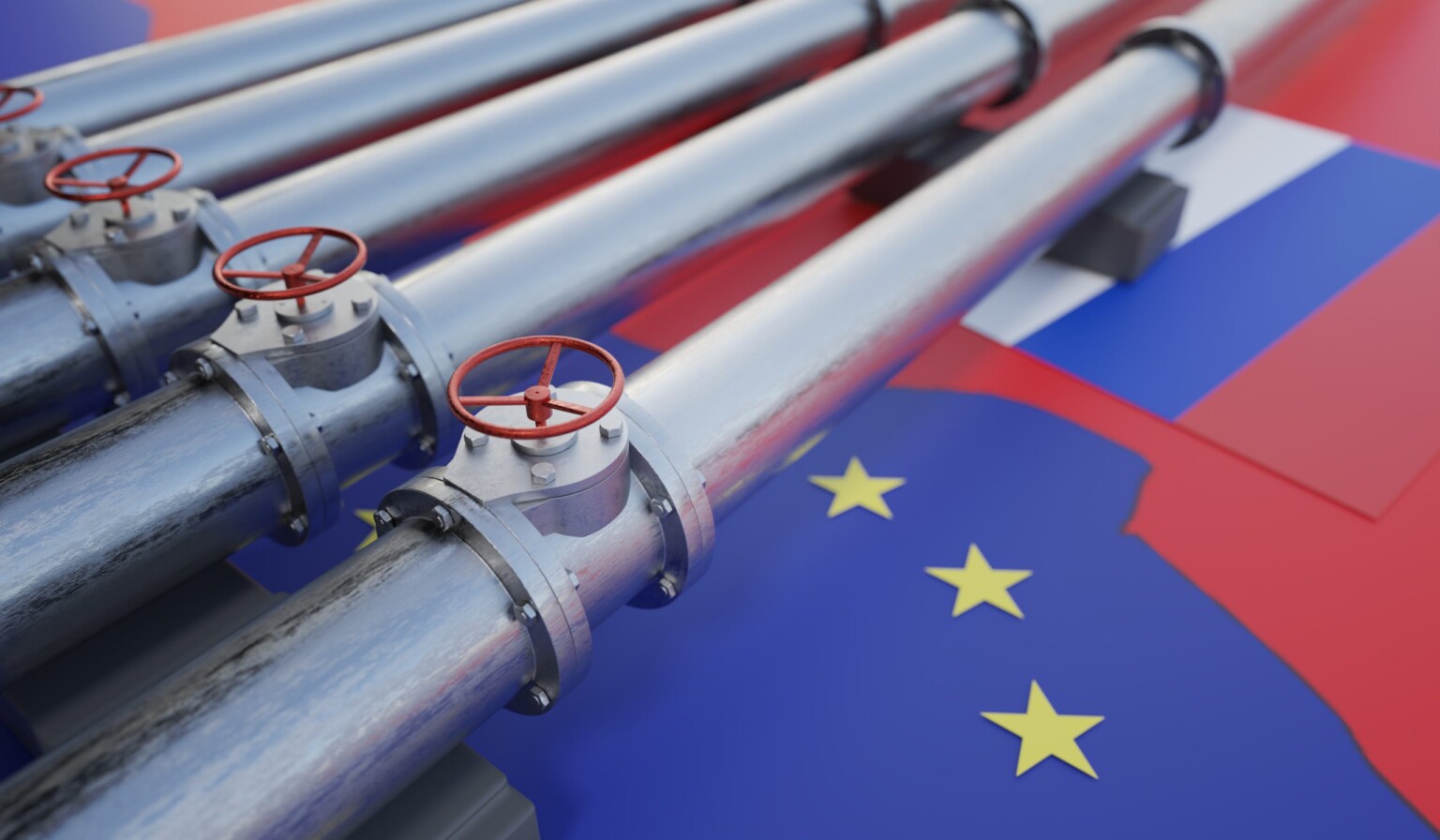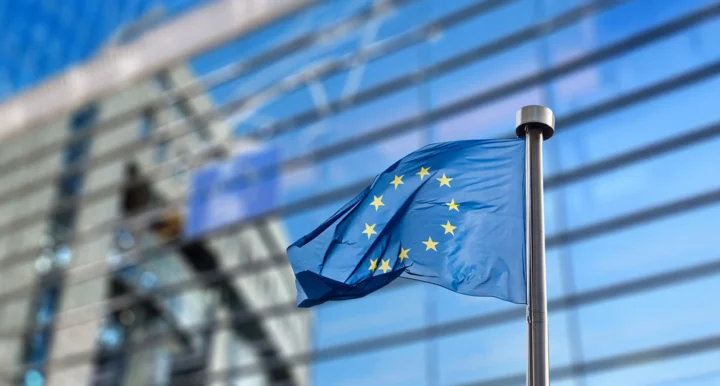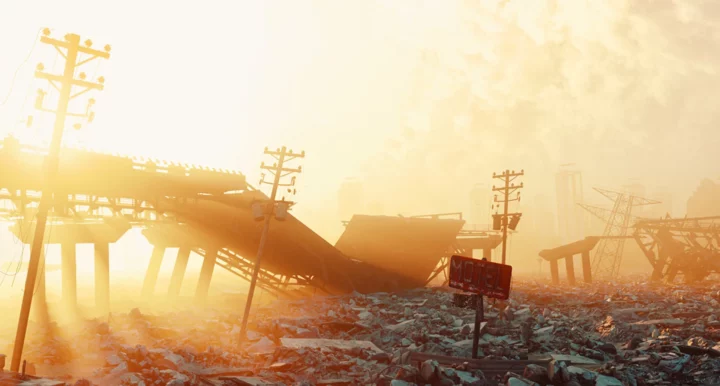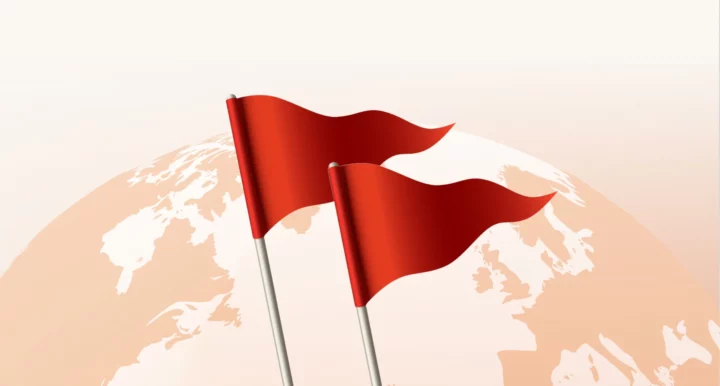Following the Russian invasion of Ukraine on 24 February 2022, Western countries, including the UK, the US, the EU, Canada, and Australia, imposed an unprecedented amount of sanctions against President Vladmir Putin’s regime. Those sanctions have included import and export bans, asset freezes, and travel bans, and focused on both degrading Russia’s ability to fund its military action and on punishing the individuals that fund it. Collectively, the global sanctions response against Russia has targeted hundreds of Russia entities, including banking and media organisations, and thousands of individuals, including military figures, politicians, and members of Putin’s elite inner circle.
On 6 October 2022, the EU issued its 8th package of sanctions against Russia. The new sanctions followed Russia’s declared annexation of four Ukrainian regions, and Putin’s repeated threats to use nuclear weapons against Ukrainian forces. The new sanctions package generally broadens the scope of existing EU Russia sanctions, banning the export of a wider range of goods to Russia, targeting more members of Putin’s elite, and depriving Moscow of billions of euros in revenue. The UK joined the EU in imposing new Russia sanctions.
Key measures from the EU’s latest Russia sanctions update include:
Ban on IT consulting, architectural, engineering, and legal services
While the EU had already sanctioned the provision of financial services to Russian entities, the new sanctions package extended that ban to include IT consultancy, architectural, engineering, and legal advisory services.
Crude oil price cap
While the purchase, import, or transfer of crude oil products originating in Russia was banned under the EU’s 6th sanctions package, under the 8th package the EU has banned the maritime transport of those products – subject to a price cap. Ths means that EU countries may now trade Russian oil with third countries as long as the price of that oil remains below a price cap set by the European Council.
New import and export bans
The EU has expanded its import bans to Russian iron, steel, jet fuel, plastics, machinery and appliances, vehicles, ceramics, textiles, footwear, jewellery, and certain chemical products. The new import restrictions are estimated to be worth around €7 billion.
The 8th sanctions package also expands export bans, with a focus on firearms, military goods and technology, and other products that could be used to develop Russia’s defence sector or fuel Putin’s aggression against Ukraine. The export ban specifically targets:
- Goods and technologies with potential military use, including semiconductors, electronic integrated circuits, certain chemical substances and nerve agents.
- Small firearms, and goods with no practical use other than torture, punishment, or degrading treatment.
- Aviation products including certain oils, tyres, and brake pads.
- Products that could enhance Russian industrial capacities, including certain types of coal.
RMRS Ban
The EU has applied a transaction ban to the Russian Maritime Register of Shipping (RMRS), which carries out classification and inspection activities of Russian and certain non-Russian ships. From 8 April 2023, any Russian vessel certified by the RMRS will also be banned from accessing EU ports and locks.
Crypto ban
The EU has tightened its existing restrictions on Russian crypto assets by issuing a complete ban on all crypt-asset accounts, wallets, or custody services to Russian customers. The ban previously only applied to assets worth more than €10,000.
Sanctions expansion to Kherson and Zaporizhzhia oblasts
The EU has expanded its trade and investment ban to the non-government controlled areas of Ukraine’s Kherson and Zaporizhzhia oblasts. The ban previously only applied to the non-government controlled areas of Donetsk and Luhansk oblasts. The expansion follows Putin’s order that Russian armed forces enter those areas.
Russian asset freezes
The EU has expanded the list of individuals subject to asset freezes, with two new designations:
- PJSC Kamaz, a Russian military and vehicle manufacturer
- The National Settlement Depository, Russia’s central securities depository
The EU has also introduced a mechanism to freeze the assets of persons that facilitate Russia sanctions evasion.
Sanctions Impact
The EU’s 8th package of Russia sanctions demonstrates the bloc’s commitment to maintaining pressure on Vladmir Putin’s regime while the conflict in Ukraine is ongoing, and requires firms within the EU to adjust their customer screening and monitoring solutions to account for new designations.
In practice, this involves collecting and analysing a diverse range of customer data, including sanctions list and watchlist data, and information from media sources from around the world. The Russia sanctions landscape evolves rapidly and, as revealed by European Commission Chief Ursula von der Leyen, the EU is already discussing a 9th package of sanctions “to hit Russia where it hurts to blunt even further its capacity to wage war on Ukraine”.
Given the scope of the Russia sanctions challenge, it is important to implement an automated screening solution with the power to manage vast amounts of customer data, and with the flexibility to adapt to evolving compliance requirements. Ripjar’s Labyrinth Screening platform is designed for exactly that purpose: integrating cutting edge machine learning technology, Labyrinth is capable of searching customer names against thousands of data sources, including sanctions lists, watch lists, and adverse media in over 20 languages. Labyrinth delivers real time results, and screens on an ongoing basis, enabling you to generate more accurate customer risk profiles, and know as soon as possible when that risk changes.
To learn more about Russia sanctions
compliance screening, contact us today.
Last updated: 3 February 2025





